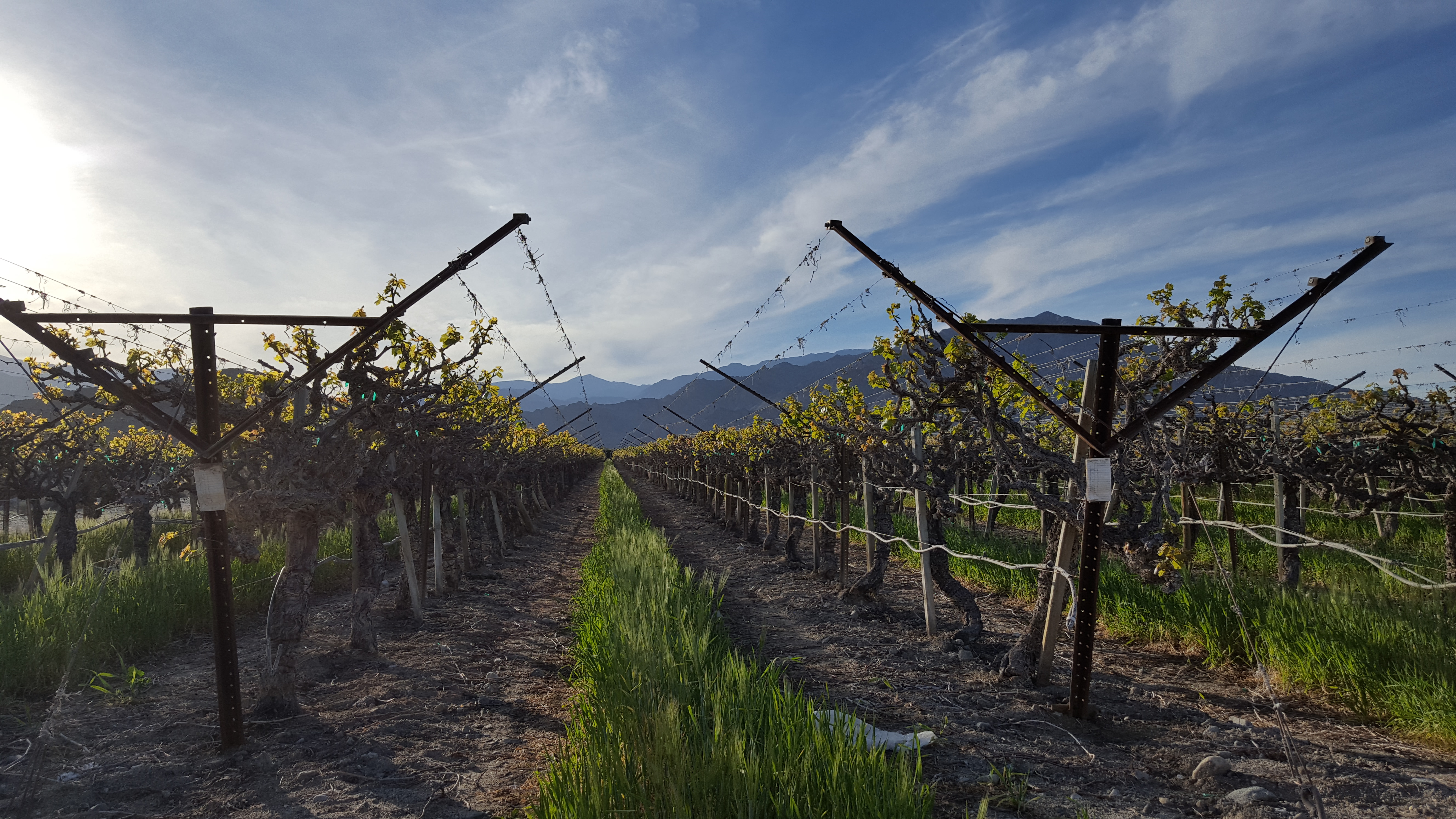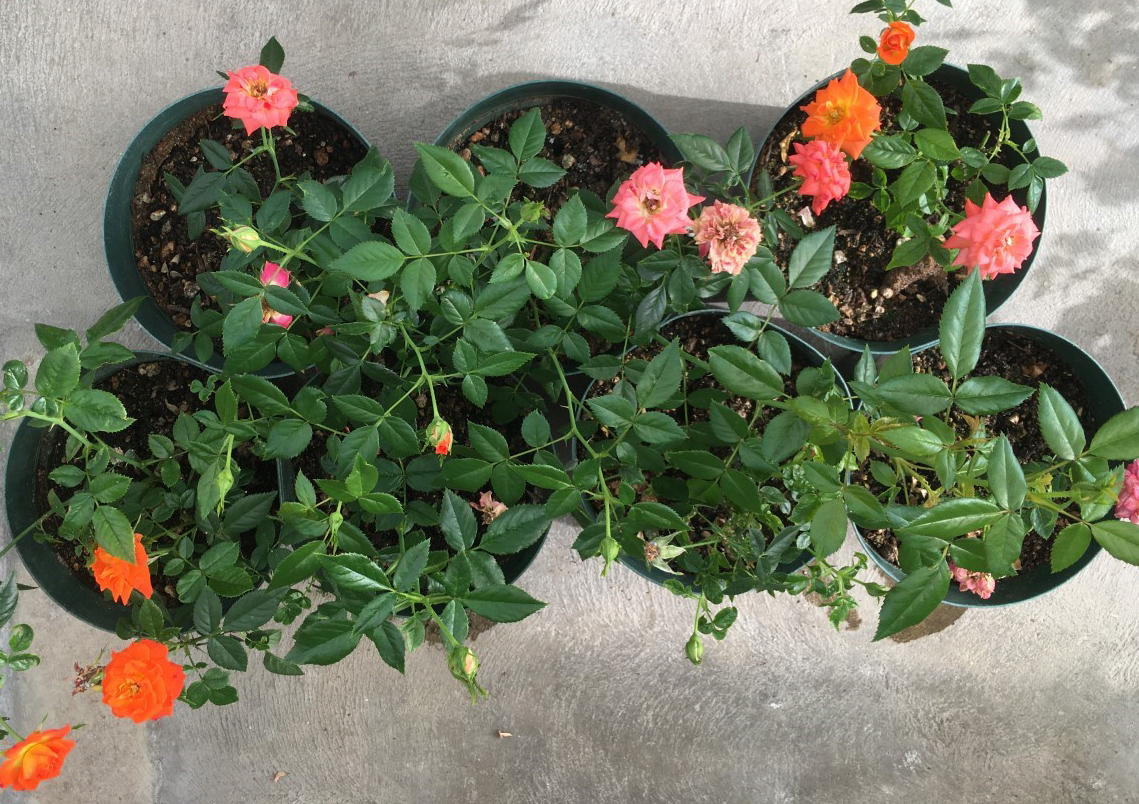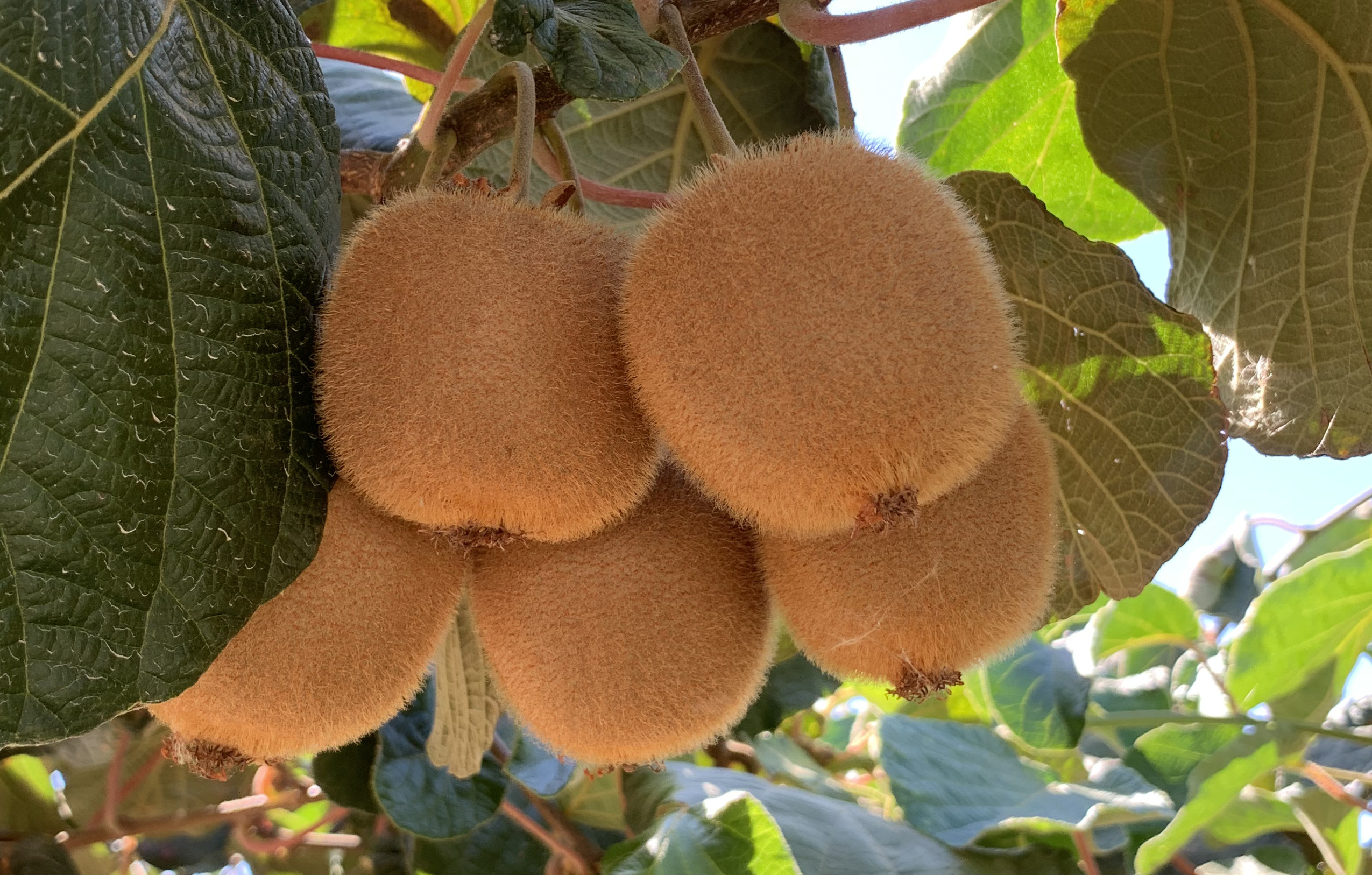
Vine Mealybug
In recent years there have been increases in the number of grape mealybug infestations in the San Joaquin Valley and North Coast vineyards. Mealybugs damage grapes by contaminating clusters with cottony egg sacs, larvae, adults, and honeydew. With the loss of Lorsban (chlorpyrifos) for control, the California IR-4 Project is funding screening of alternative pesticides for effective control of this challenging vineyard pest.

Citrus Mealybug
Citrus mealybugs can cause a great deal of damage to citrus crops resulting in wilted, distorted and yellowed chlorotic leaves, premature leaf drop, stunted growth, and even death of infested plants. This mealybug is also a common pest on indoor ornamentals and landscape shrubs. Chlorpyrifos has been the industry standard for controlling mealybugs. The California IR-4 Project is supporting efficacy trials on miniroses to find alternatives for mealybug control using biological pesticides and softer chemistries.

Olive Fruit Fly
The olive fruit fly, Bactrocera oleae (Diptera, Tephritidae) was first recorded in California in October 1998 when a single female fly was captured in west Los Angeles. This pest is now established throughout California and the California IR-4 Project is funding the development of the biorational insecticide Sivanto (flupyradifurone). Funding in 2019 supported efficacy trials located in Butte county near Orland, California.

Kiwi Botrytis Rot
Botrytis fruit rot, also known as gray mold decay, is a soft fruit rot that can result in significant crop losses during kiwi storage. Kiwi growers have relied on Vanguard (cyprodinil) for gray mold control with few alternative controls. The California IR-4 Project is funding residue trials for Luna Sensation (trifloxystrobin + fluopyram) which once registered will provide alternative modes of action for botrytis control.

Onion Thrips
Thrips are the most common insect pest of onion, causing widespread damage. They are found wherever onions are grown in California. Thrips are present every year, but infestations vary widely depending on weather conditions. Both onion thrips and western flower thrips attack onions, and their numbers can vary over the season. Thrips may also transmit iris yellow spot virus, which is an economically significant disease of onions. The California IR-4 Project is funding field residue trials for Beleaf (flonicamid) to provide onion growers with a resistance management insecticide product.
